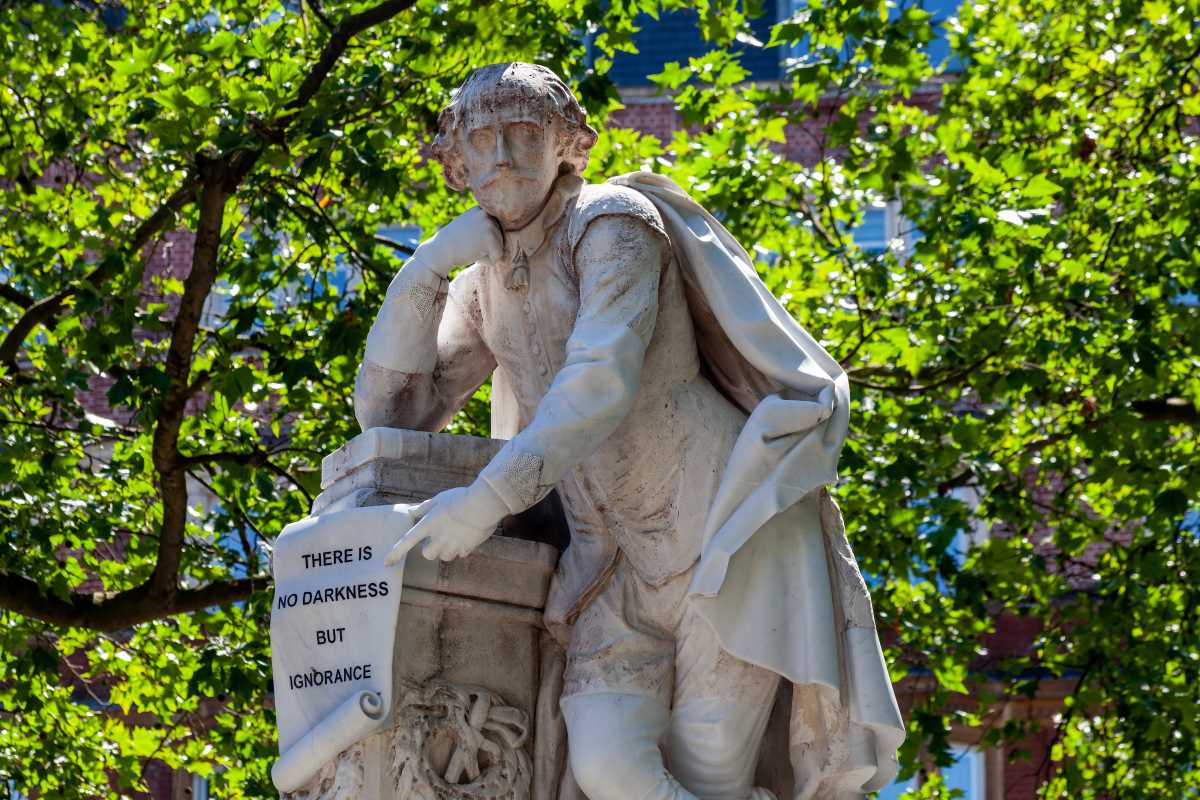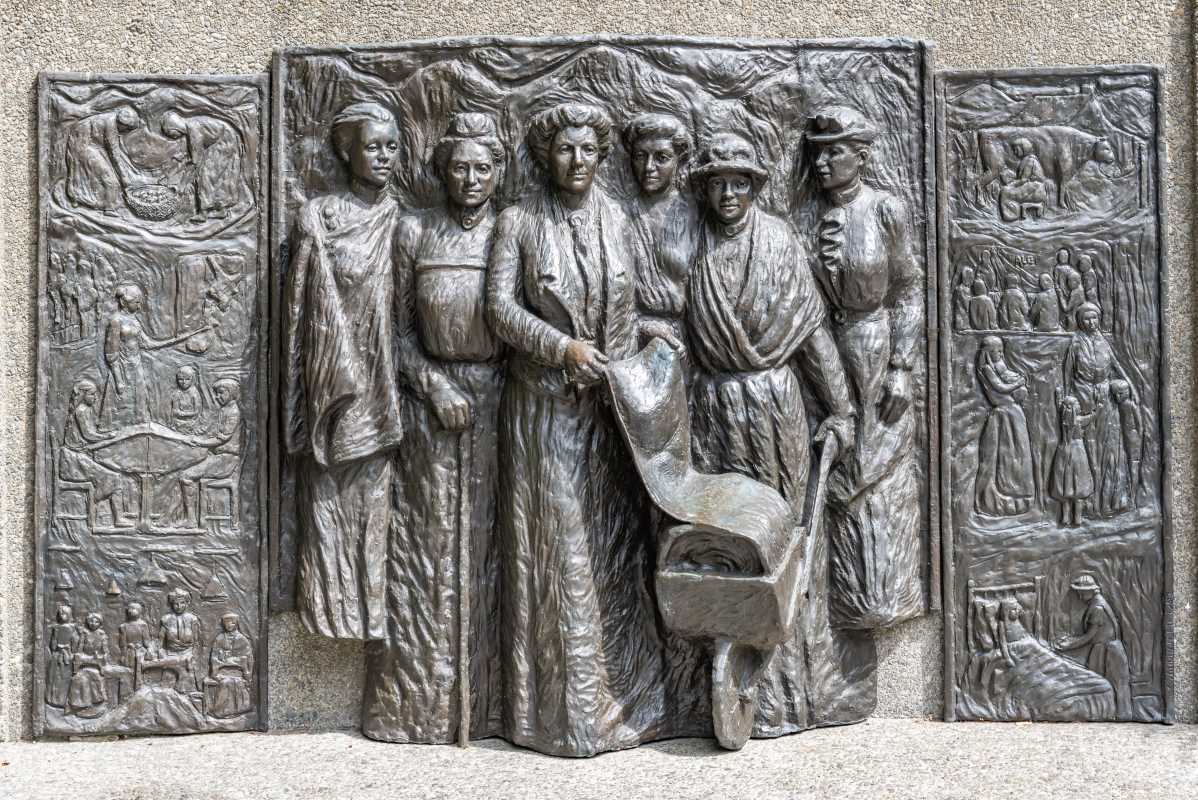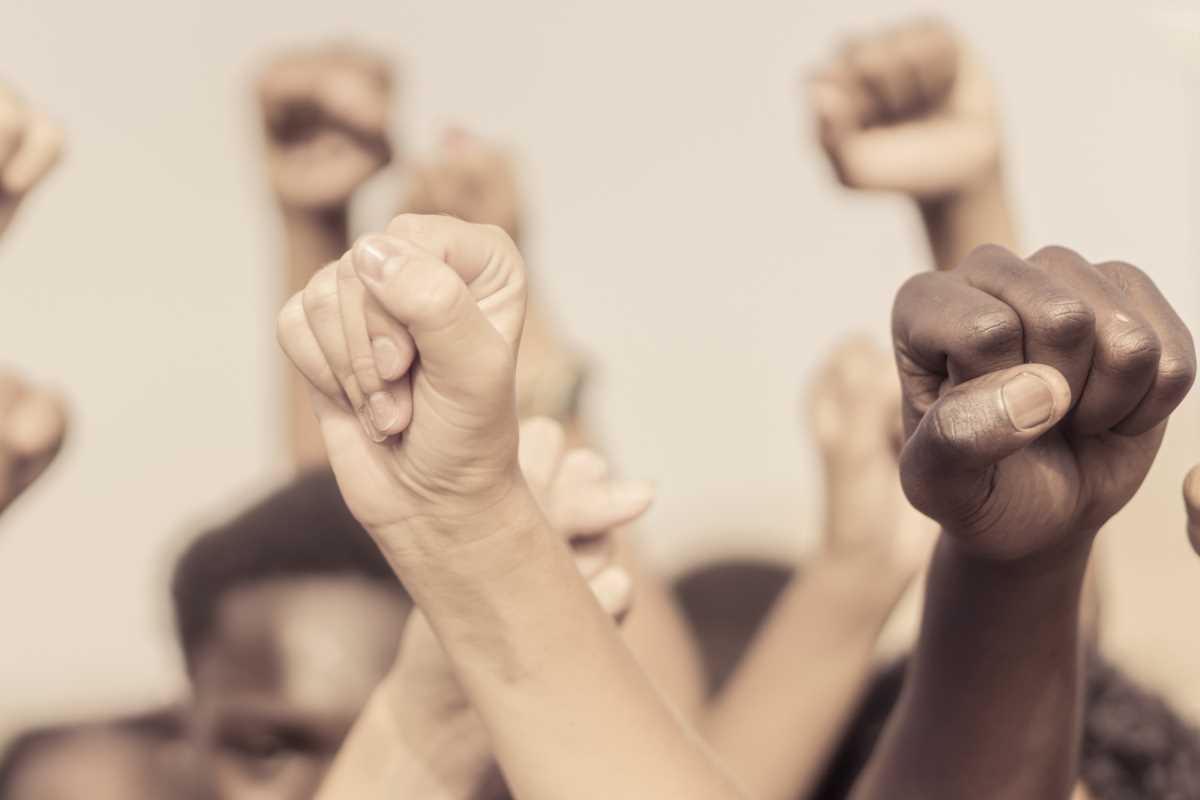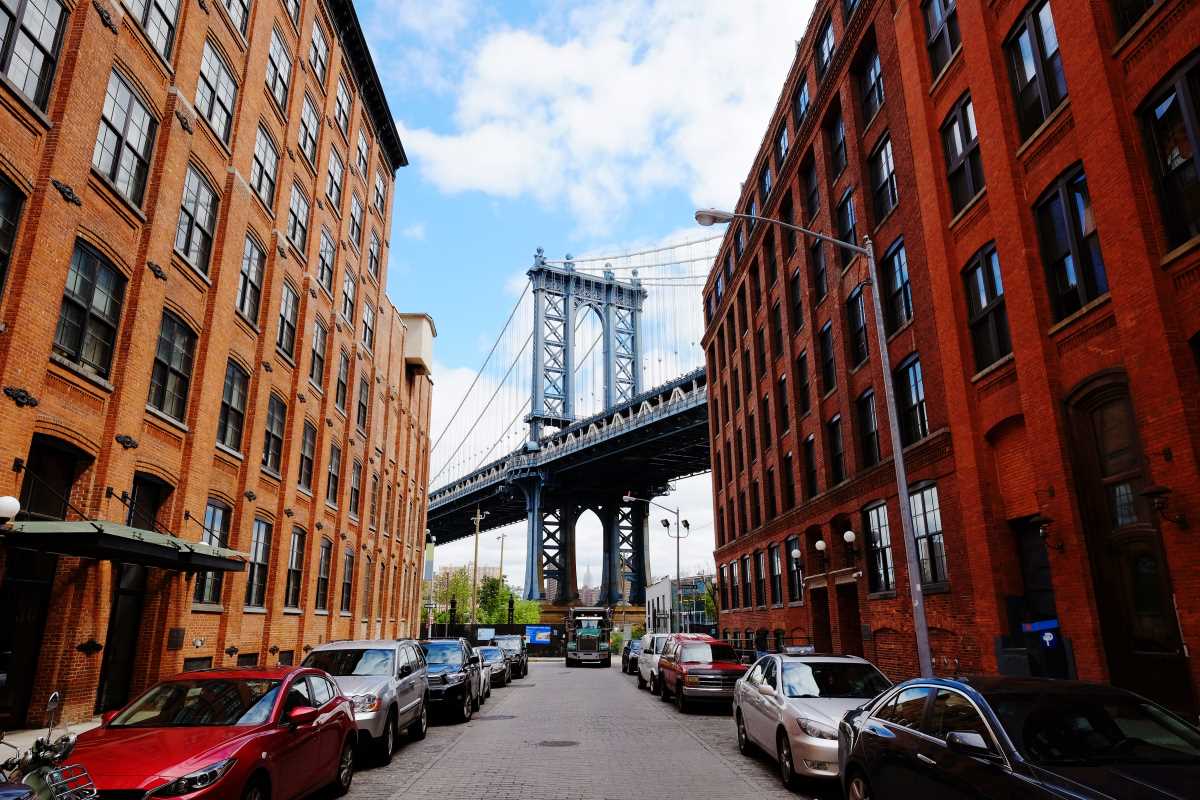Imagine being forced to leave your home, sell your belongings, and move to an unfamiliar place—not because of anything you’ve done, but because of your heritage. This is what happened to over 120,000 Japanese-Americans during World War II. Families were uprooted from their lives and confined to internment camps simply because of their ancestry. The government claimed this was about national security, but looking back, it’s clear this event was a massive violation of civil rights.
The Japanese-American internment remains one of the most shameful chapters in American history. However, out of this dark period came important lessons and a stronger push for protecting civil liberties. By examining this historical event, we can better understand its impact on civil rights and the steps taken since to ensure such injustices don’t happen again.
Why Did the Internment Happen?
To understand the internment, we need to look back at the early 1940s. After the Japanese attack on Pearl Harbor in December 1941, fear and suspicion swept through the United States. People worried about the possibility of Japanese spies or sabotage on American soil. Unfortunately, this fear quickly turned into prejudice against Japanese-Americans, many of whom had lived in the U.S. for generations and had no ties to Japan’s government.
The U.S. government, under President Franklin D. Roosevelt, issued Executive Order 9066 in February 1942. This order allowed military officials to designate certain areas as “exclusion zones,” forcing Japanese-Americans living on the West Coast to leave their homes. They were sent to remote internment camps, where they lived behind barbed wire under the watch of armed guards.
The government claimed the internment was about national security, but evidence later showed there was no real threat. Instead, this was largely a case of racism and wartime hysteria, with people letting fear override reason and justice.
Life in the Camps
Life in the internment camps was harsh and dehumanizing. Families were given only days to pack what they could carry, often forced to sell their homes, businesses, and possessions for a fraction of their value. Once at the camps, they lived in small, crowded barracks with no privacy.
Food was basic, medical care was limited, and the camps were located in isolated, harsh environments like deserts and swamps. Despite these terrible conditions, many interned Japanese-Americans tried to establish a sense of normalcy. They built gardens, organized schools, and worked together to support their communities.
However, nothing could truly make up for the loss of freedom and dignity. The interned individuals were American citizens in all but appearance, yet they were treated like the enemy.
The Legal Battle for Justice
Even during this dark period, some people fought back. One of the most famous cases is that of Fred Korematsu, a young Japanese-American who refused to go to the internment camps. He believed the government’s actions were unconstitutional. His case, Korematsu v. United States, went all the way to the Supreme Court in 1944.
Unfortunately, the court ruled against him, deciding that the internment was justified during wartime for national security. This decision was widely criticized and remains one of the most controversial rulings in U.S. history. It wasn’t until 1983 that Korematsu’s conviction was overturned, acknowledging that the internment had been based on racist assumptions rather than any actual evidence of a threat.
A Shift Toward Civil Liberties Protections
The end of World War II brought an end to the internment camps, but the damage was already done. Families returned to find their homes and businesses gone, and many faced discrimination as they tried to rebuild their lives. However, the internment sparked a broader conversation about civil liberties and planted the seeds for future protections.
One significant outcome was the Civil Liberties Act of 1988. This legislation, signed by President Ronald Reagan, formally apologized for the internment and provided $20,000 in compensation to each surviving Japanese-American who had been interned. It was a small step toward making amends, but it also sent a powerful message that the government was taking responsibility for its mistakes.
The internment also influenced later civil rights movements. For example, during the civil rights struggles of the 1960s, activists often pointed to the internment as an example of how unchecked prejudice and government power could lead to injustice. It became a lesson in why it’s critical to protect individual freedoms, even during times of crisis.
Lessons for Today
The story of Japanese-American internment offers key lessons that remain relevant in today’s world. One of the most important is the danger of letting fear dictate policy. Whether it’s in response to a national security threat or a public health crisis, decisions made in panic can lead to grave injustices.
Another lesson is the importance of standing up for civil liberties, especially for marginalized groups. After 9/11, for instance, many Muslim-Americans faced discrimination and heightened scrutiny. Advocacy groups often cited the internment as a warning about what can happen when fear turns into targeted prejudice.
Additionally, we see the importance of speaking out against injustice. People like Fred Korematsu, and countless others who fought for redress and recognition, remind us that individuals have the power to make change, even in the face of overwhelming odds.
Continuing the Fight for Civil Liberties
While the government has taken steps to make amends for the internment, the fight for civil liberties is ongoing. Issues like racial profiling, mass surveillance, and immigration policies all touch on the same themes of fairness, justice, and the balance between security and freedom.
Advocates often point to the Japanese-American internment as a reminder of why these battles are so important. It serves as a powerful example of what can go wrong when we fail to uphold the principles of equality and justice.
 (Image via
(Image via





